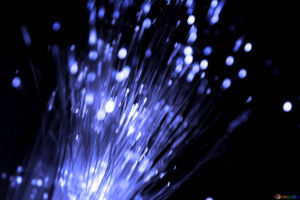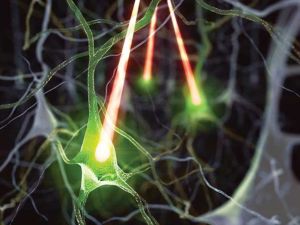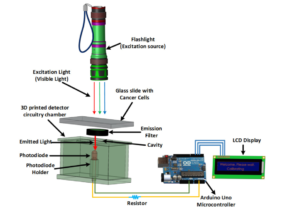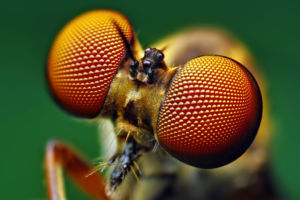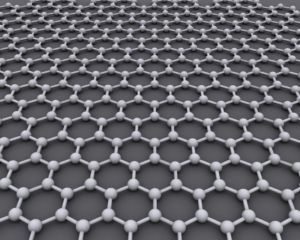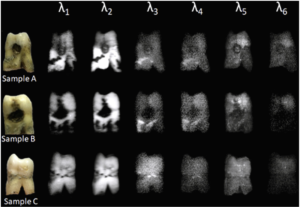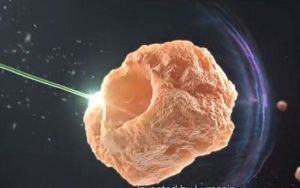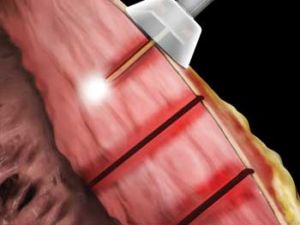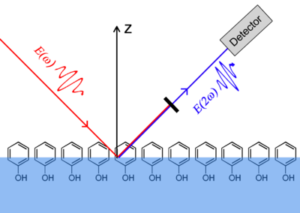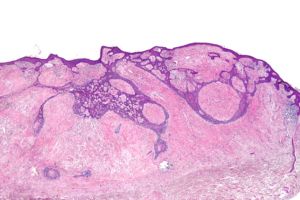FindLight Blog » Findlightopedia » Page 26 of 38
Optical Computing: Prospects and Challenges
Optical fibers show promise not just in long-range information transmission, but also in fully optical computers. Image courtesy of tOrange.biz What is optical computing? For many decades, the processing ...
Optogenetics: The Future of Lasers in Neurology for Brain Studies
Optogenetics is the emerging field of using light to control and study neuronal activity. In 2005, a Stanford University team was able to use a light-sensitive microbial protein to control the timing of ...
Cancer Cell Detection Using a Low-Cost Fluorometer
For women across all socioeconomic groups, breast cancer poses a large threat. Approximately 1 in every 8 women will be diagnosed with the cancer during her lifetime. Additionally, it is one of the leading ...
A Practical and Low-Cost Approach to Artificial Compound Eyes
Compound eyes provide insects with the ability to quickly react to danger. These eyes posses a much wider field-of-view, higher light sensitivity, and superior sensitivity to motion when compared to the ...
Mode-Locked Lasers Improved With Graphene Technology
Ever since graphene sheets were isolated from bulk graphite in 2004, two-dimensional materials have received an immense amount of interest for their unexpected and novel electronic and optical properties. ...
Dental Caries Diagnosis Using Fluorescence Imaging Techniques
A research team from the Military Technical College and from Cairo University in Cairo, Egypt have developed a fluorescence hyper-spectral imaging system which can be employed for diagnosis and detection ...
Holmium Lasers: The Solid State Laser for Lithotripsy
Human beings have suffered from kidney stone problems since 7000 BC. Despite advances in treatment, incidence of renal stone disorder has increased over the past few decades. Lasers have been used to ...
Transmyocardial Surgery: Using Lasers to Increase Vascular Flow
Cardiovascular diseases are among the top causes of death and morbidity in developed nations. In particular, diseases of the coronary arteries are most prevalent. Lasers are well suited to diagnose and ...
Nonlinear Imaging to Characterize the Microenvironment of Tumors
Developing a clear characterization of a tumor’s microenvironment is imperative in understanding its progress. A new approach to determining cancer’s development involves a thorough study of ...
Biophysical Cancer Analysis via Raman Spectrometry
A research team from the University of Texas at Austin has published their findings on using Raman spectrometry for biophysical cancer analysis to analyze skin cancer. Their findings were applied to assist ...

